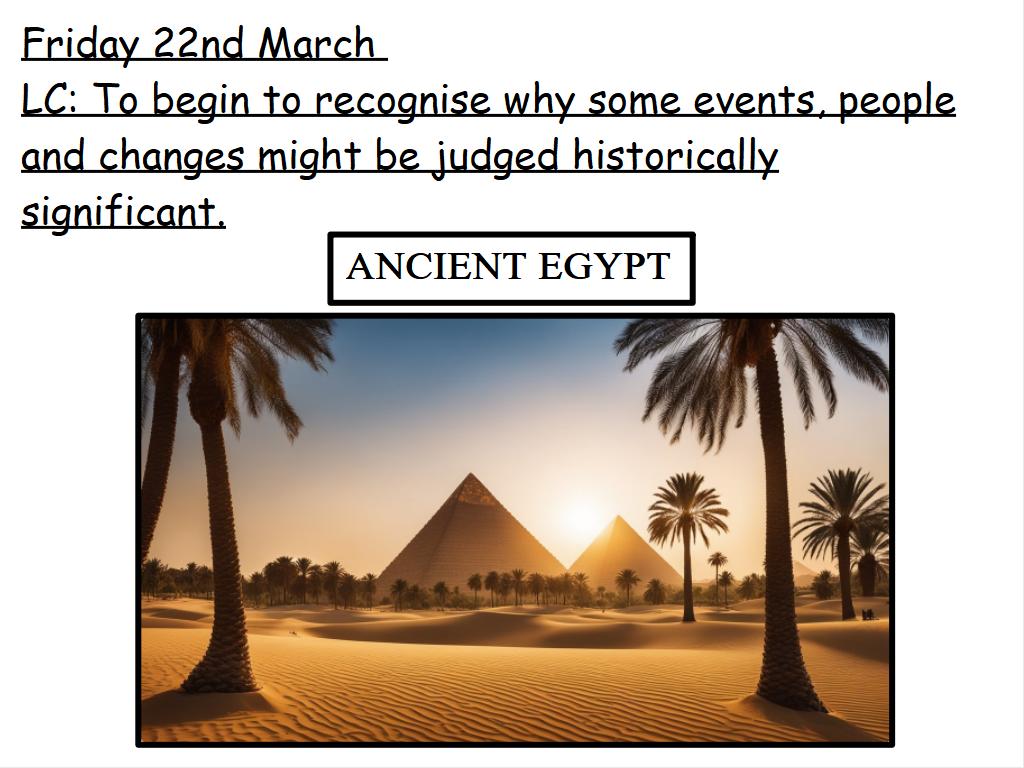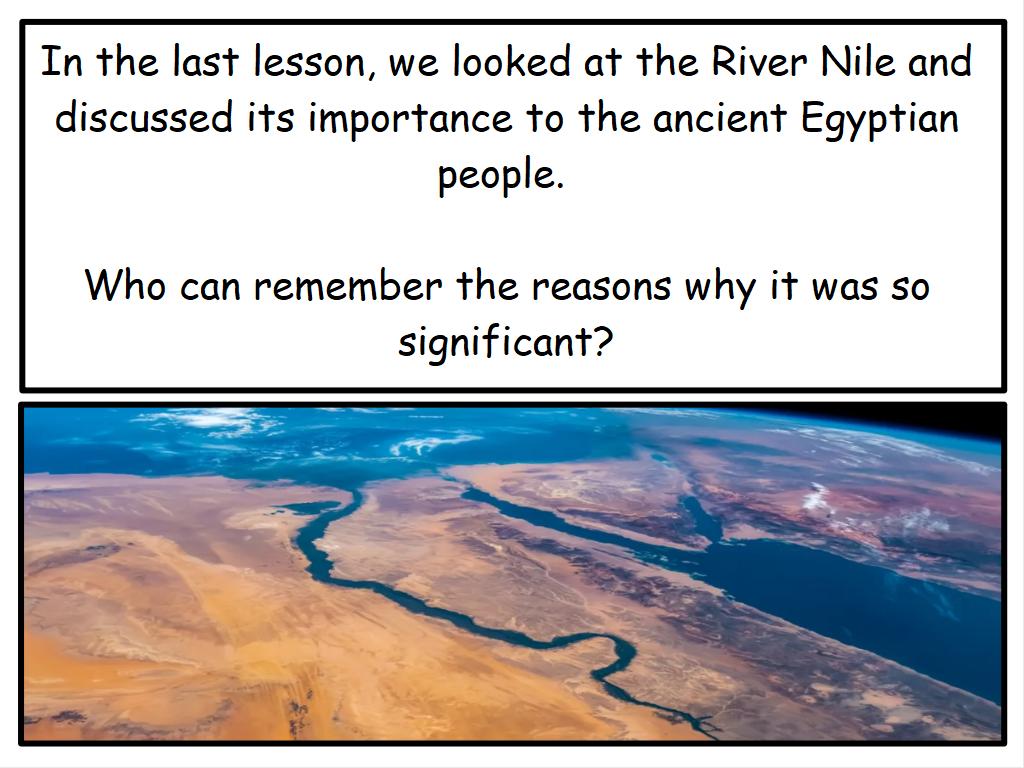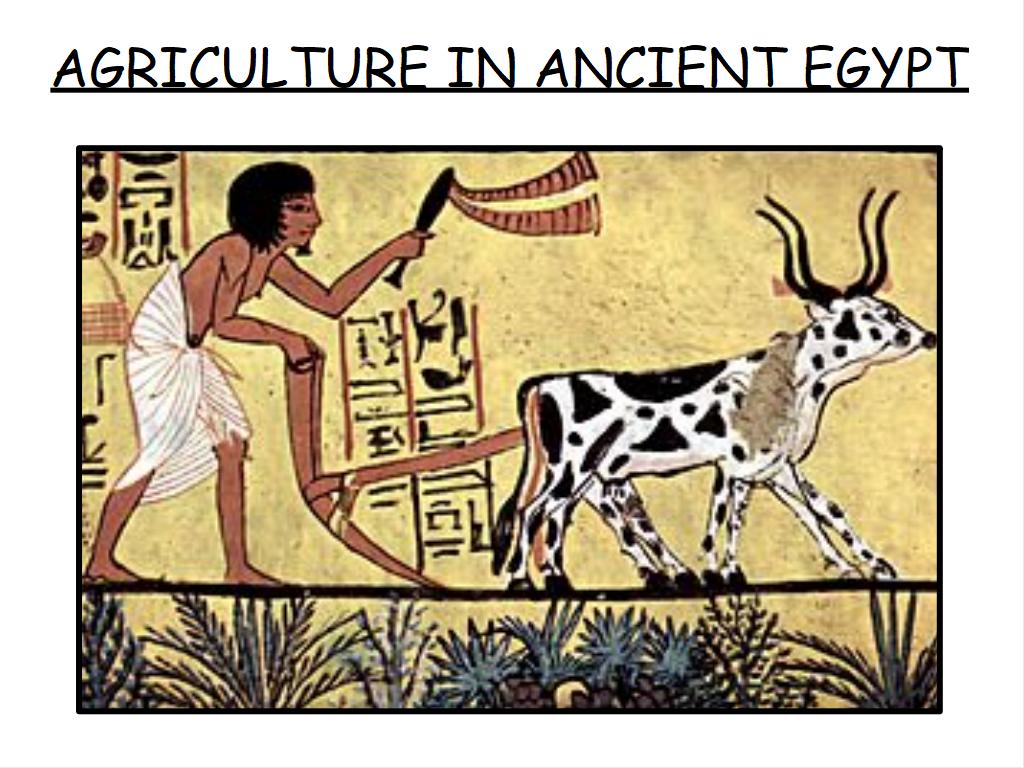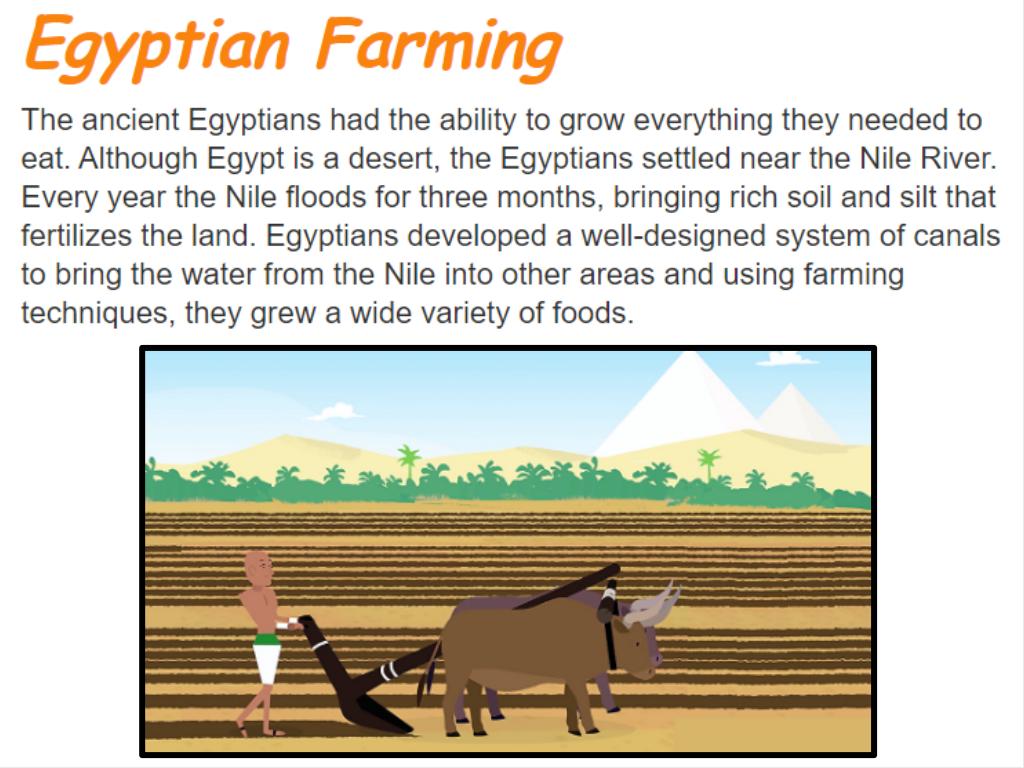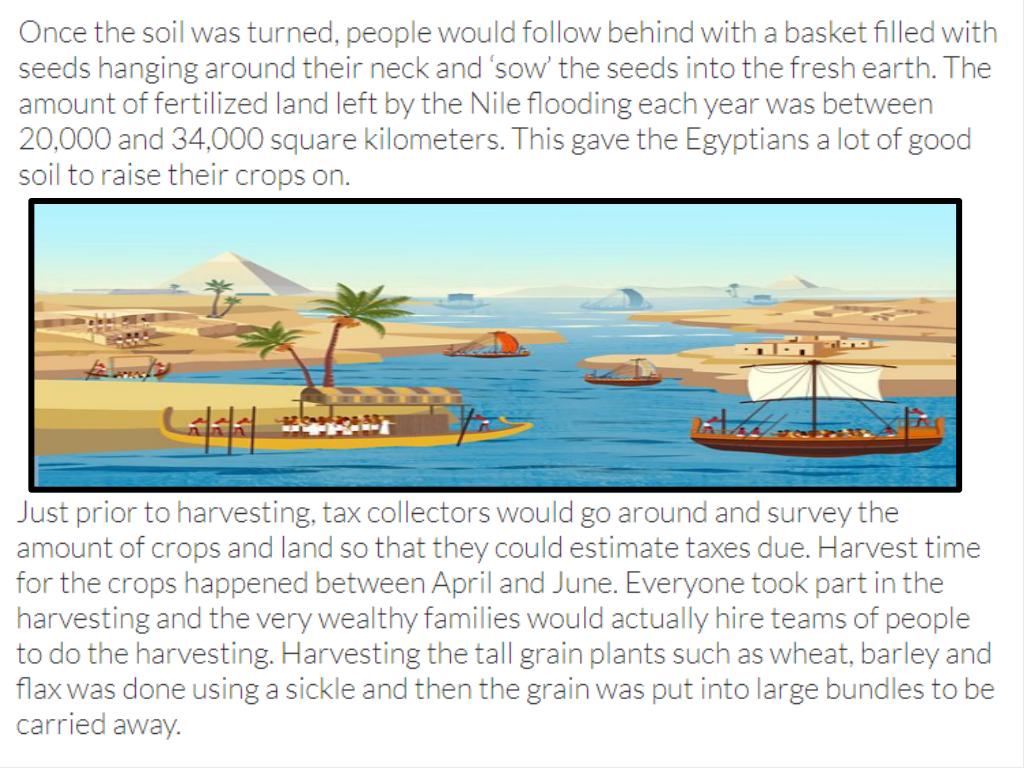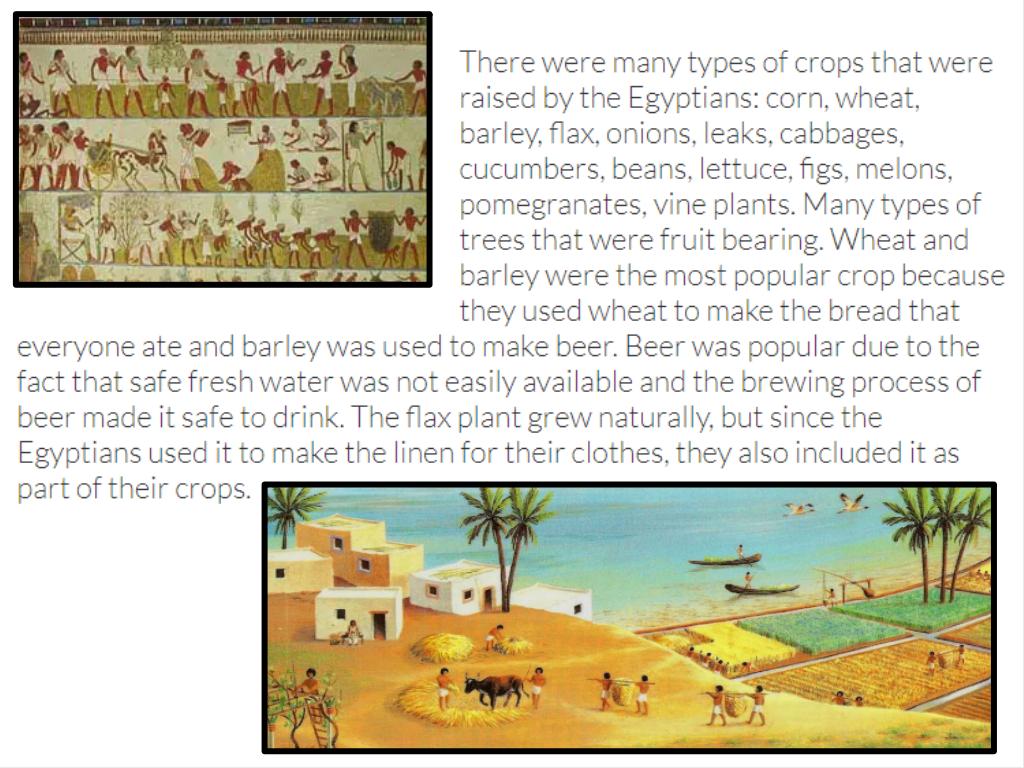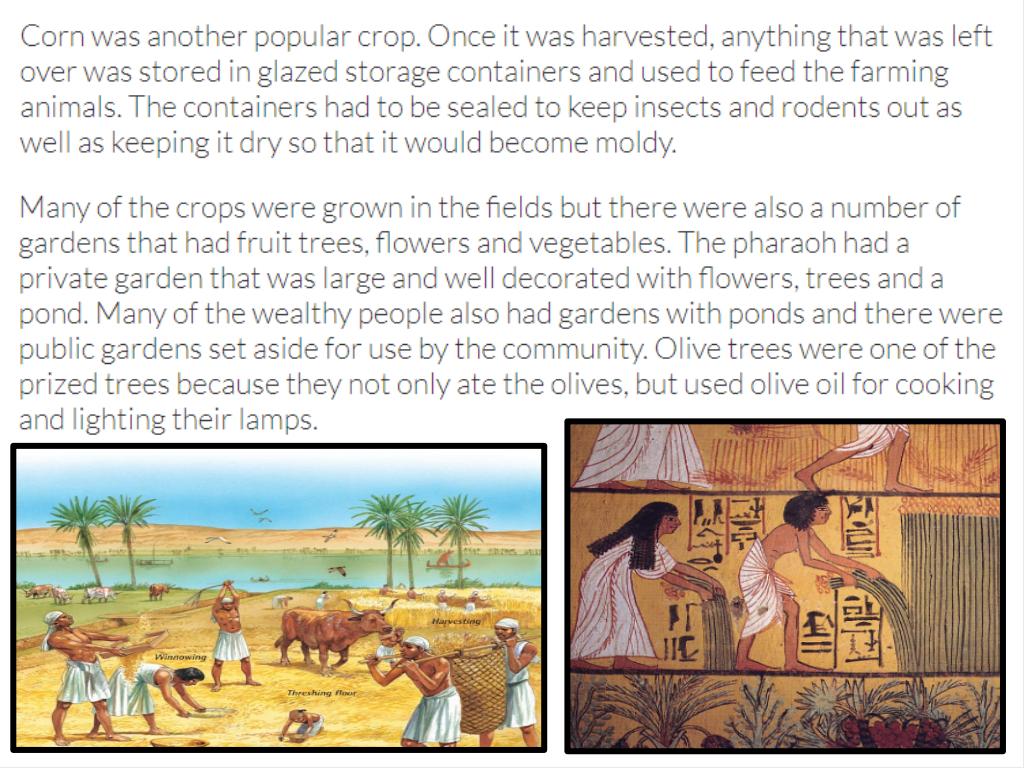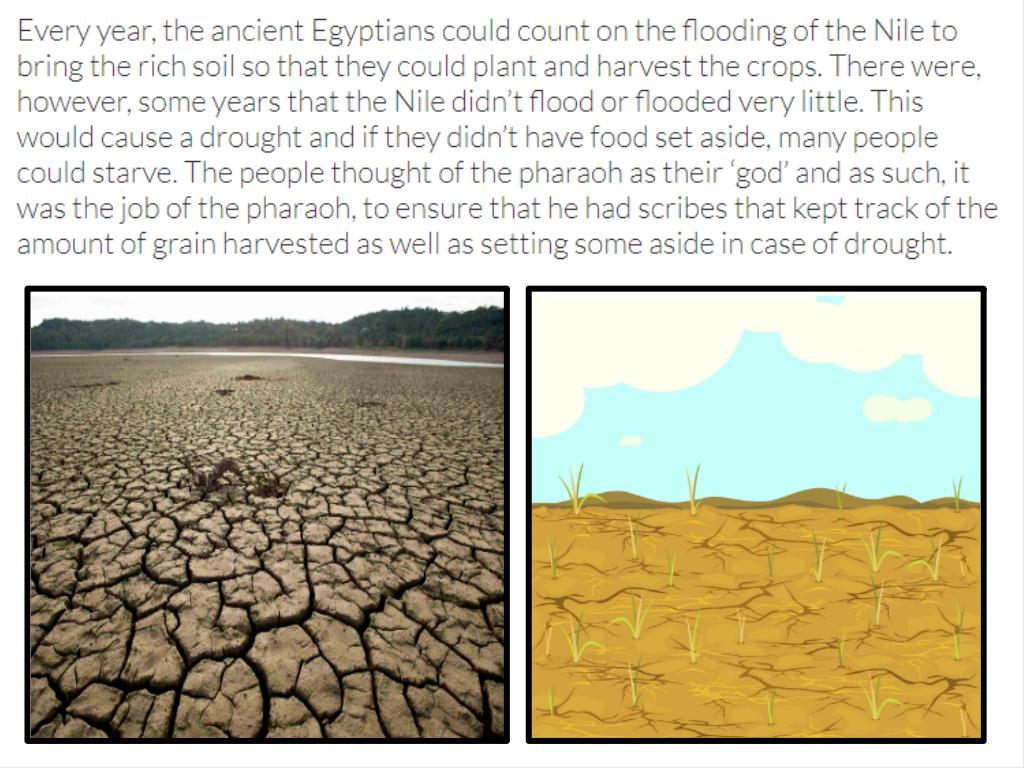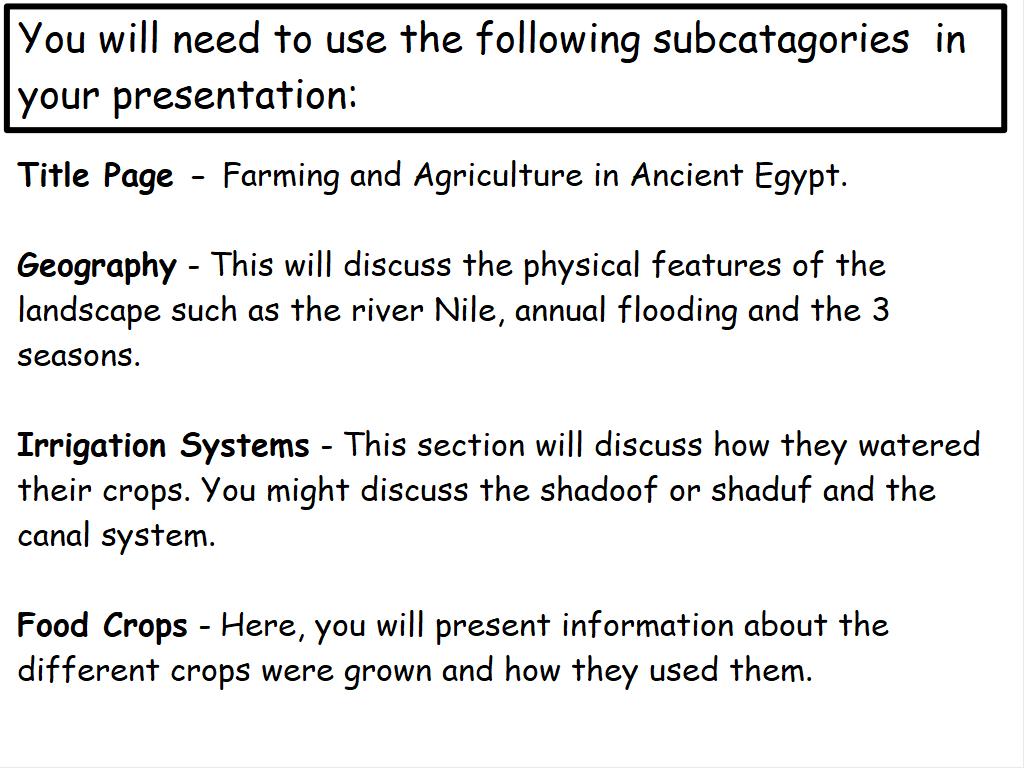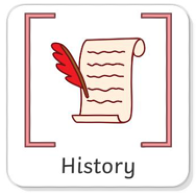Tuesday
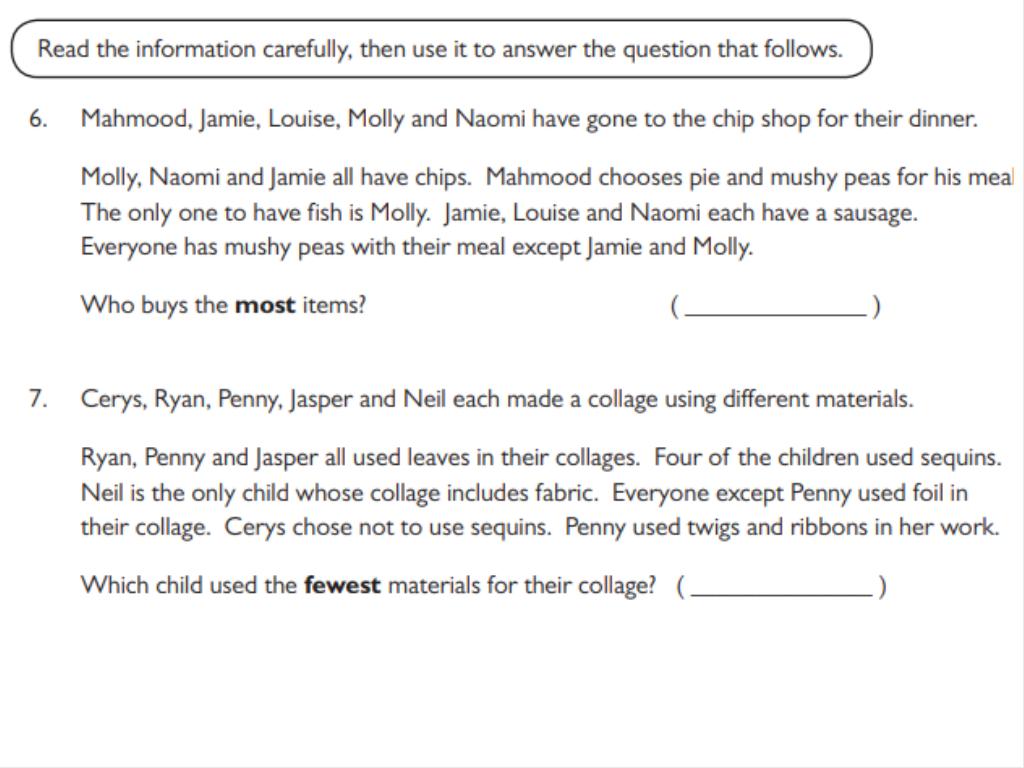
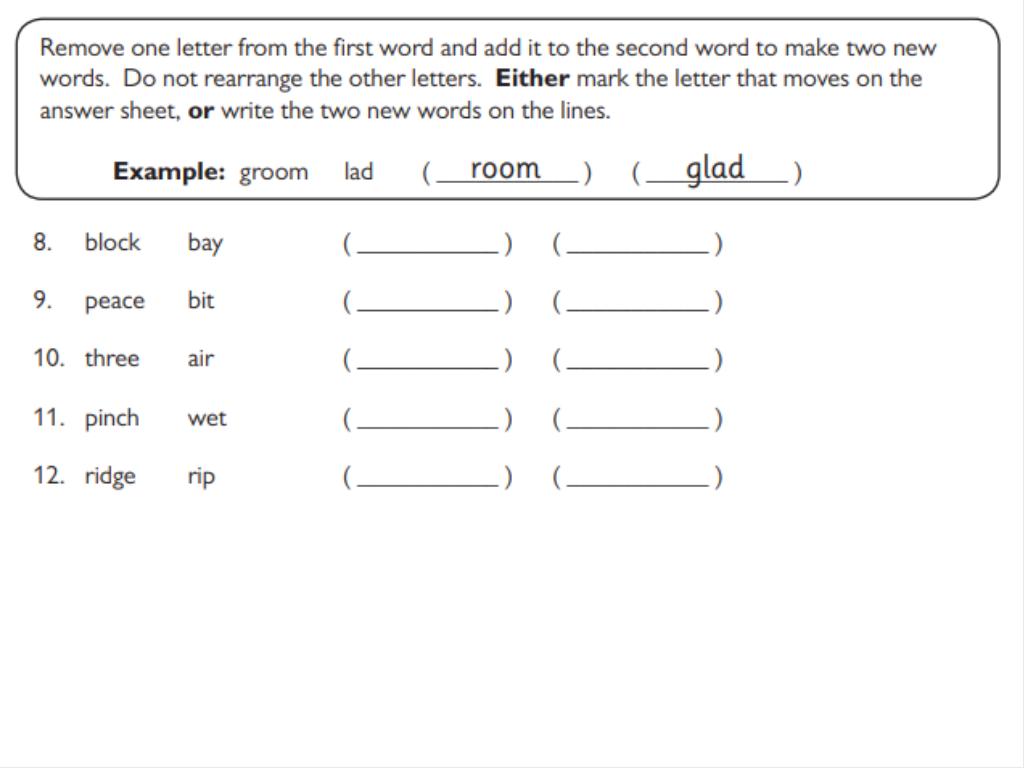
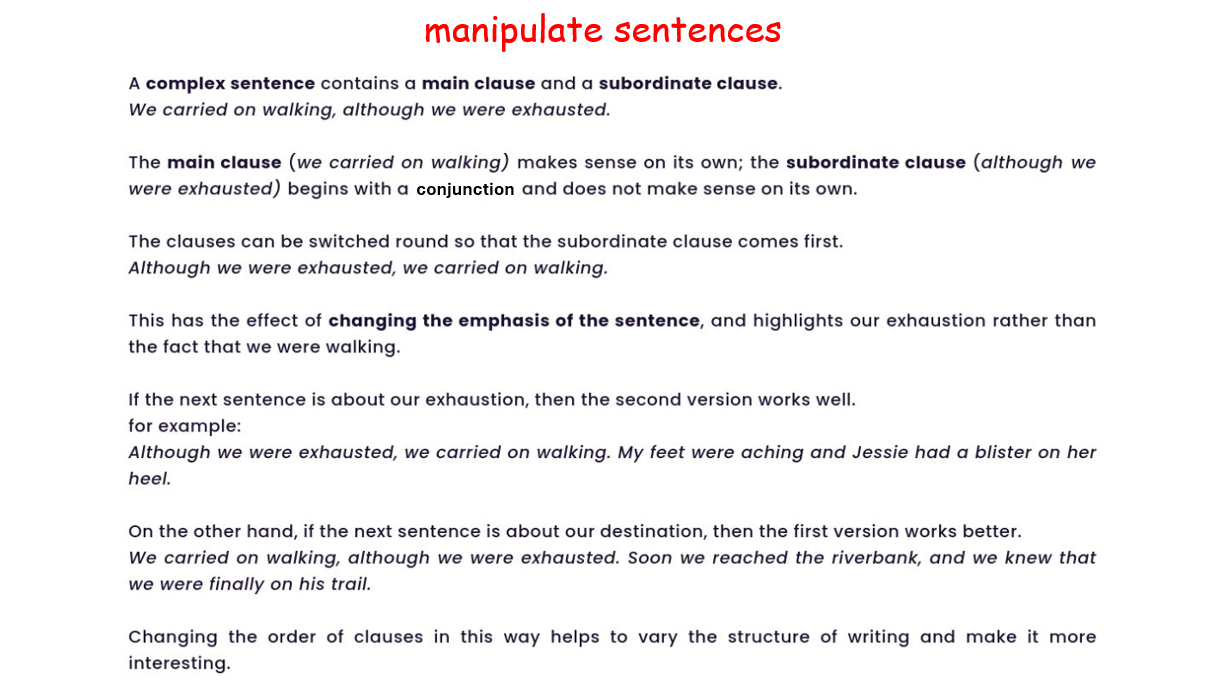
Tuesday 20th May
LC: To identify key words and phrases in a poem.
/i/video/Year_6/Stanley_Holloway_-_The_Lion_And_Albert-yt_savetube_me.mp4

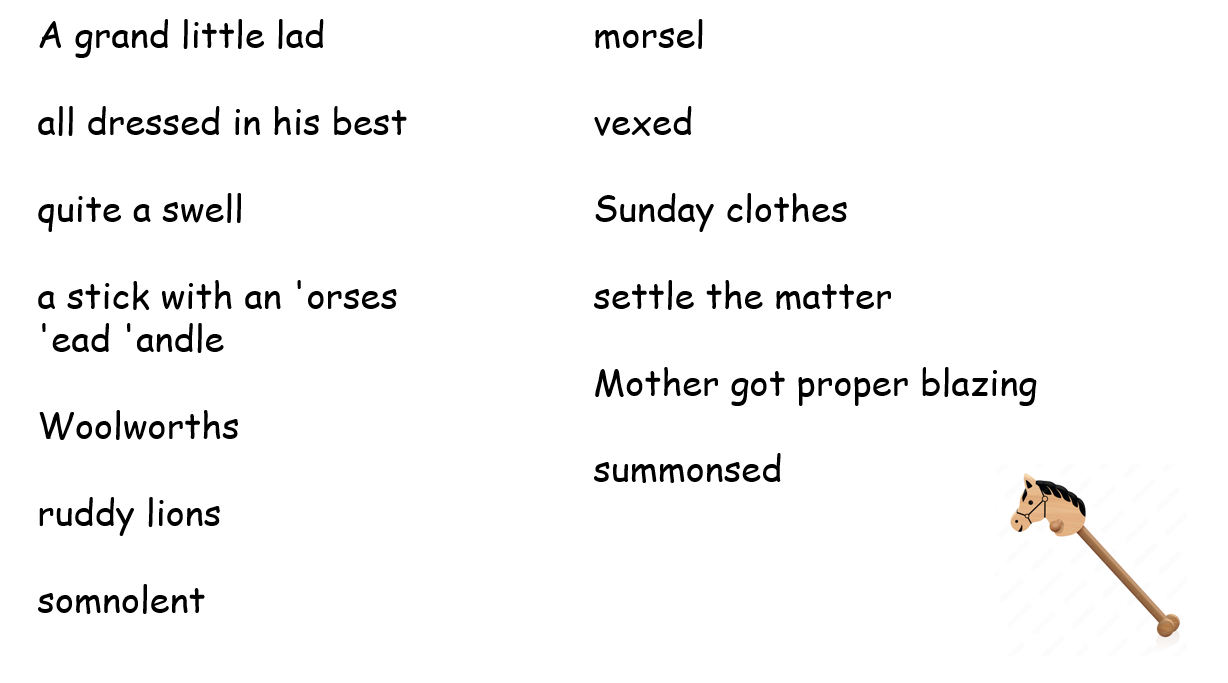
The Lion and Albert
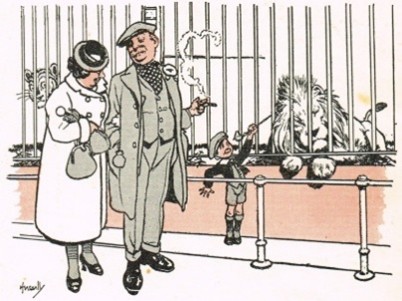
There’s a famous seaside place called Blackpool,
That’s noted for fresh-air and fun,
And Mr and Mrs Ramsbottom
Went there with young Albert, their son.
A grand little lad was their Albert,
All dressed in his best; quite a swell,
With a stick with an ‘orse’s ‘ead ‘andle,
The finest that Woolworth’s could sell.
They didn’t think much to the ocean:
The waves, they was fiddlin’ and small
There was no wrecks and nobody drownded,
‘Fact, nothing to laugh at at all.
So, seeking for further amusement,
They paid and went into the zoo
Where they’d lions and tigers and camels
And old ale and sandwiches too.
There were one great big lion called Wallace;
His nose was all covered with scars.
He lay in a som-no-lent posture
With the side of his face on the bars.
Now Albert had heard about lions,
How they was ferocious and wild.
To see Wallace lying so peaceful,
Well... it didn’t seem right to the child.
So straight ‘way the brave little feller,
Not showing a morsel of fear,
Took ‘is stick with the ‘orse’s ‘ead ‘andle
And shoved it in Wallace’s ear!
You could see that the lion didn’t like it,
For giving a kind of a roll,
He pulled Albert inside the cage with ‘im
And swallowed the little lad... whole!
Then Pa, who had seen the occurrence,
And didn’t know what to do next,
Said, “Mother! Yon lions ‘et Albert.”
And Mother said “Eeh, I am vexed!”
Then Mr and Mrs Ramsbottom —
Quite rightly, when all’s said and done —
Complained to the Animal Keeper
That the lion had eaten their son.
The keeper was quite nice about it;
He said, “What a nasty mishap.
Are you sure that it’s your boy he’s eaten?”
Pa said, “Am I sure? There’s his cap!”
So the manager had to be sent for.
He came and he said, “What’s to do?”
Pa said, “Yon lion’s ‘et Albert,
And ‘im in his Sunday clothes, too.”
Then Mother said, “Right’s right, young feller;
I think it’s a shame and a sin
For a lion to go and eat Albert
And after we’ve paid to come in!”
The manager wanted no trouble.
He took out his purse right away,
Saying, “How much to settle the matter?”
Pa said “What do you usually pay?”
But Mother had turned a bit awkward
When she thought where her Albert had gone.
She said, “No! Someone’s got to be summonsed!”
So that was decided upon.
Then off they went to the P’lice Station
In front of a Magistrate chap.
They told ‘im what happened to Albert,
And proved it by showing his cap.
The Magistrate gave his o-pinion
That no-one was really to blame.
He said that he hoped the Ramsbottoms
Would have further sons to their name.
At that Mother got proper blazing,
And “Thank you, sir, kindly!” said she.
“What?! Waste all our lives raising children
To feed ruddy lions? Not me!”
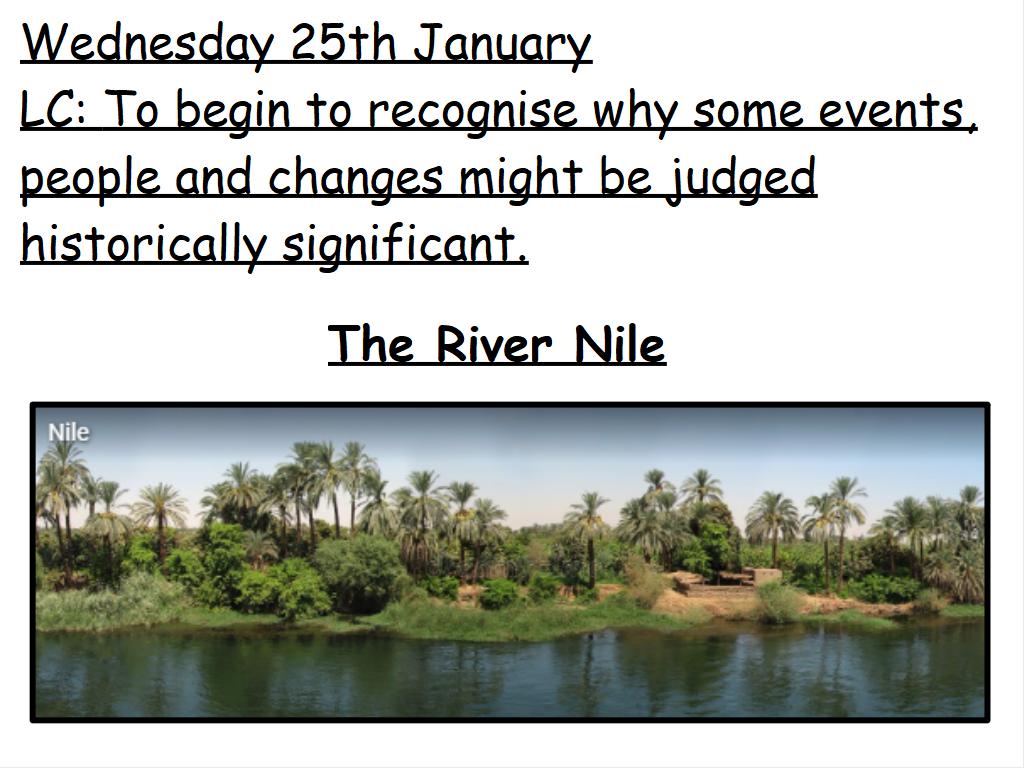


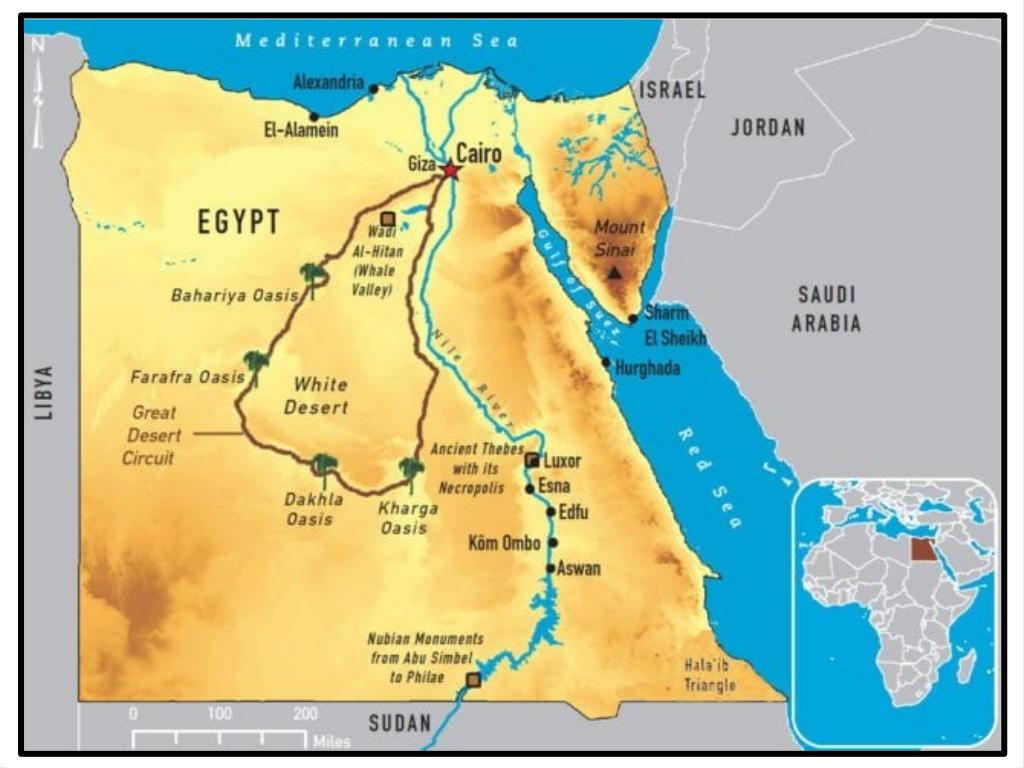

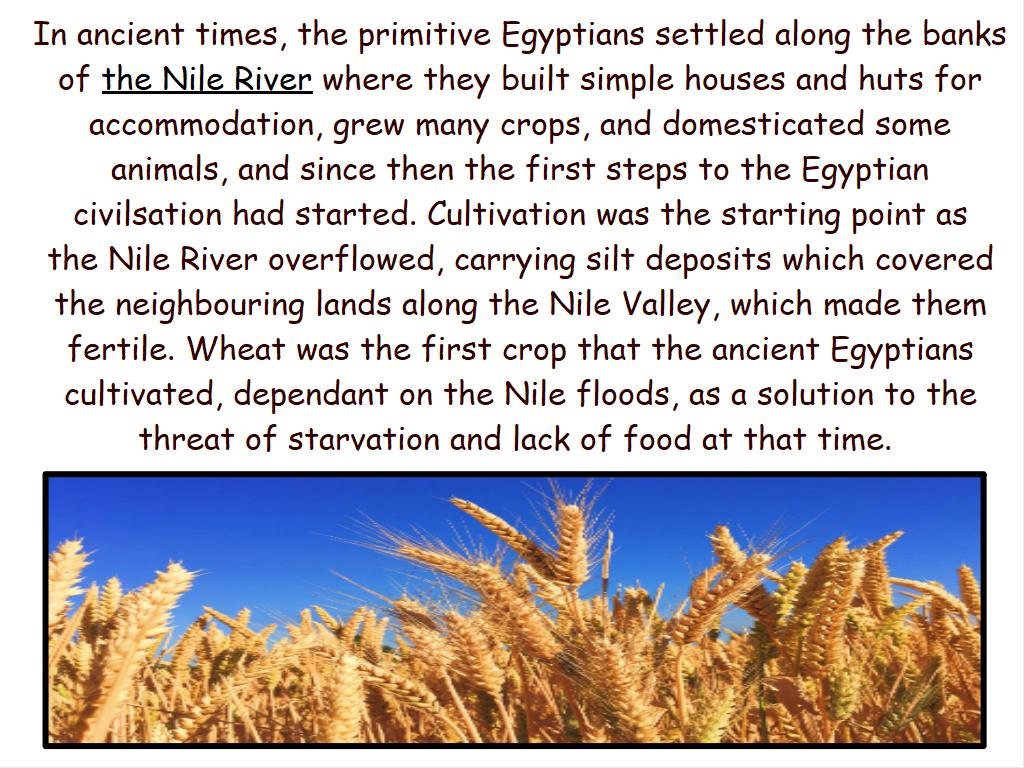
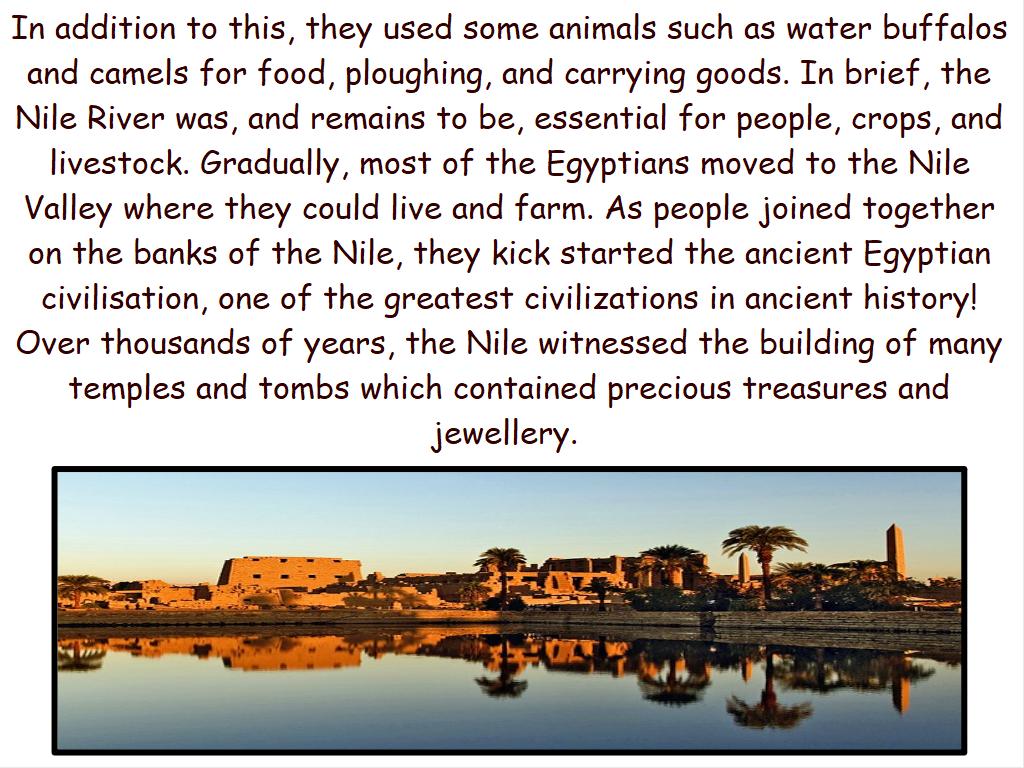
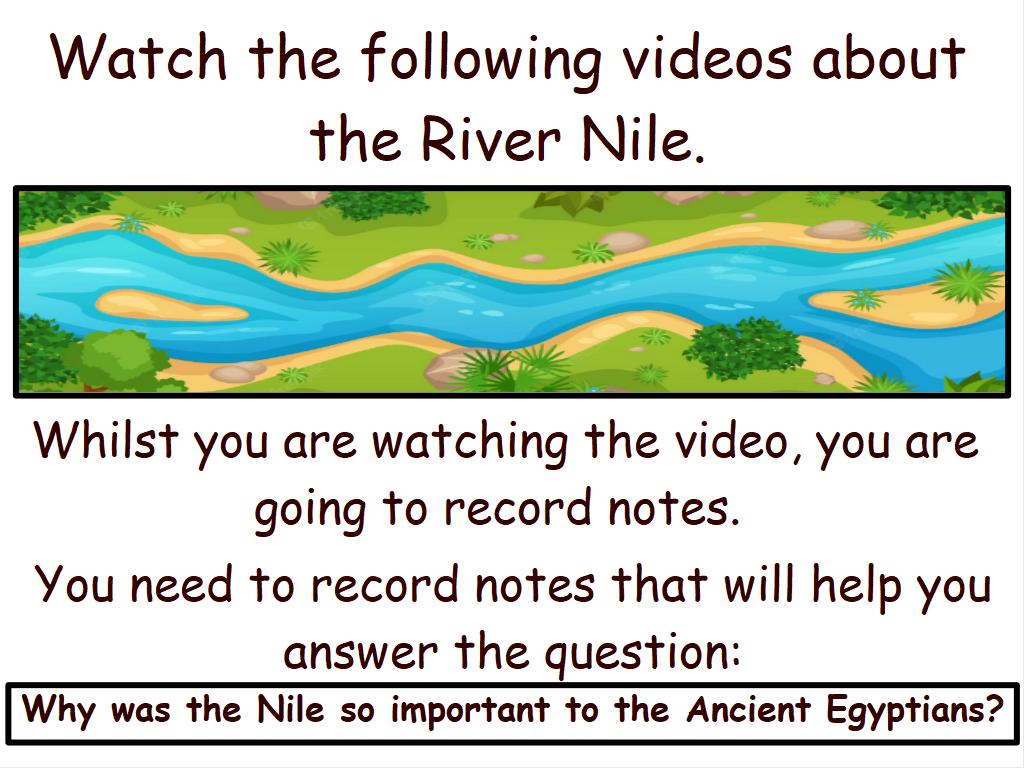
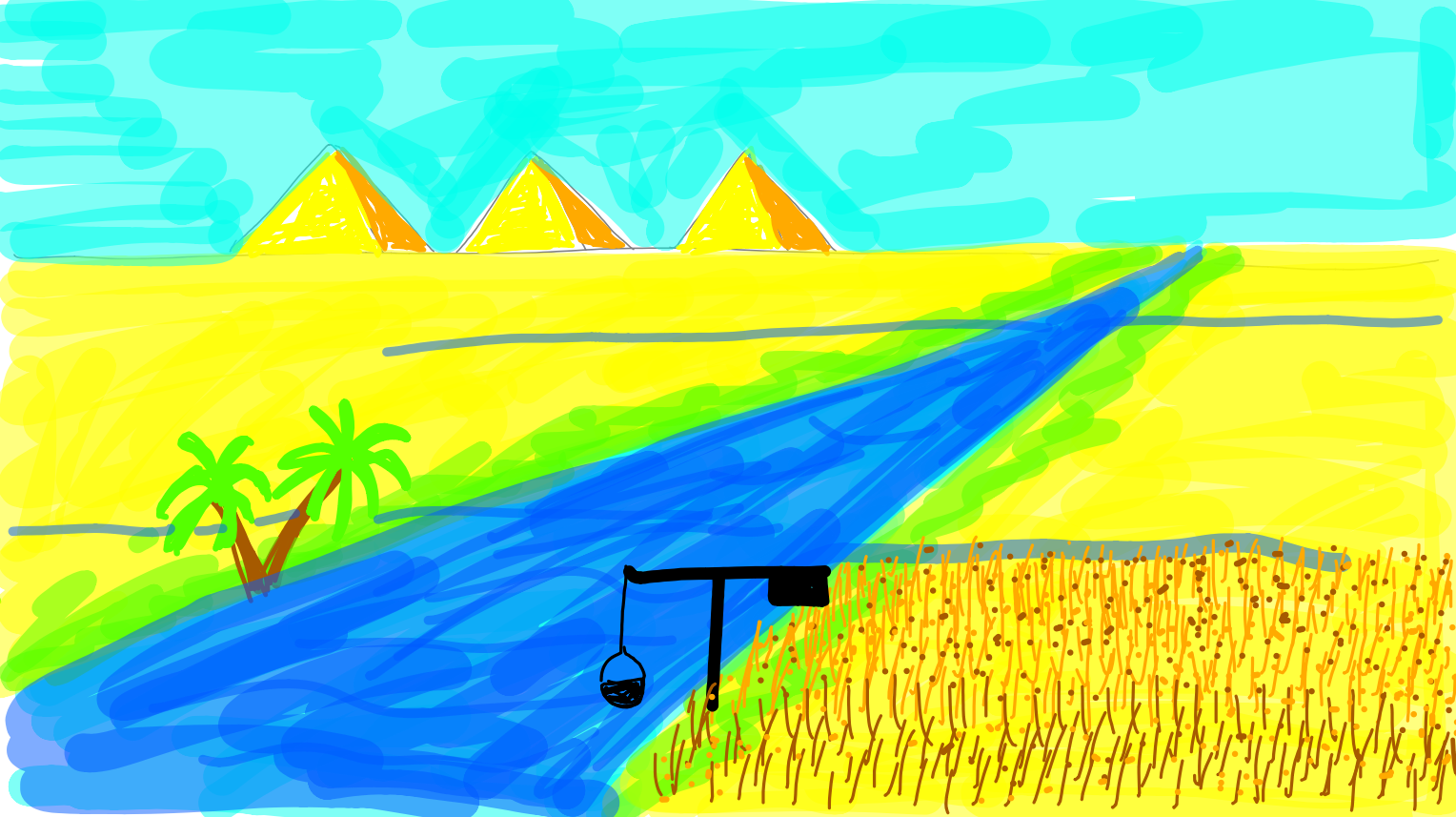
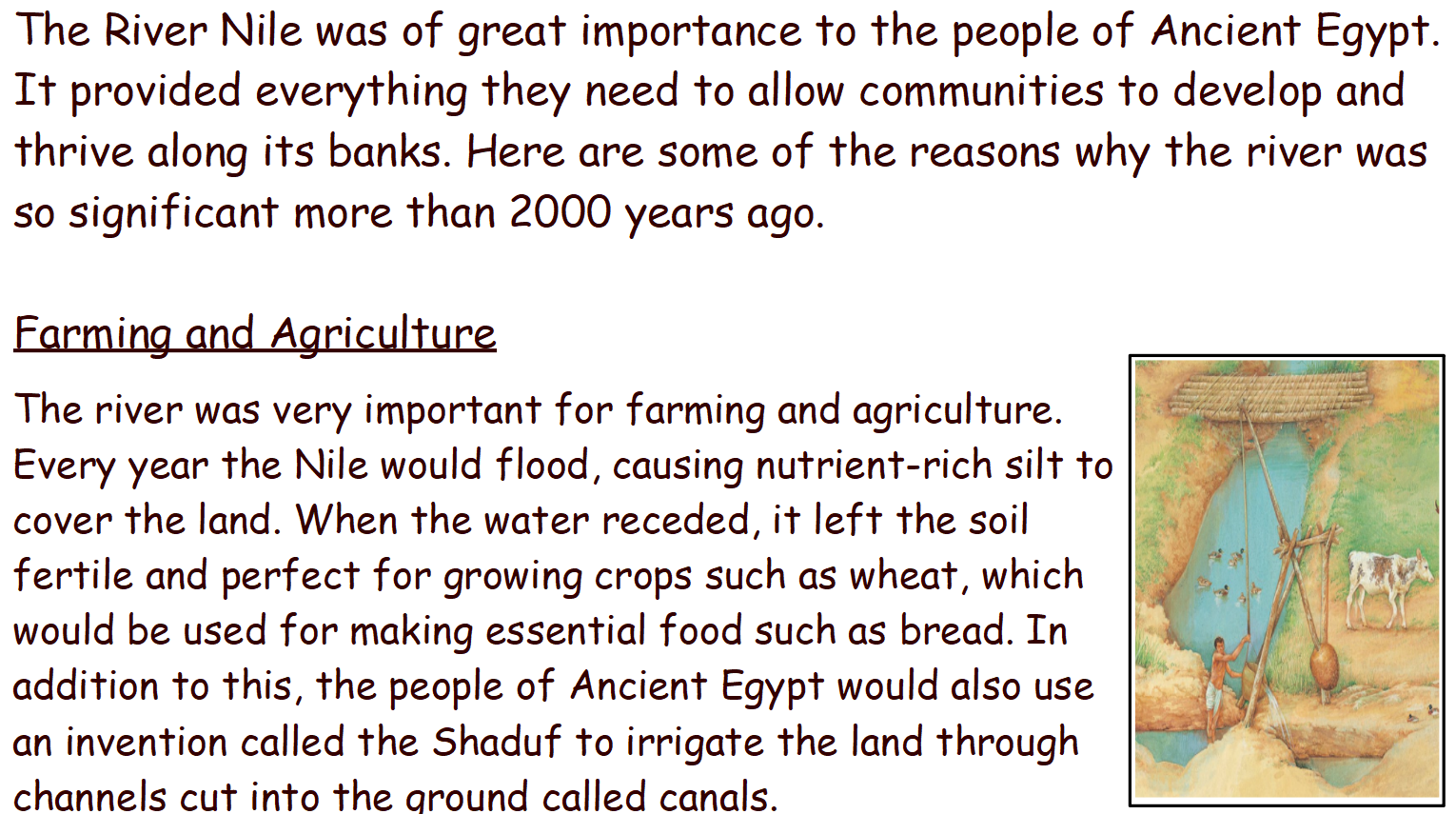
Farming and Agriculture
The ancient Egyptians relied heavily on the Nile River for farming, and it played a central role in their agricultural system. The river provided a number of key resources that allowed the civilization to thrive for thousands of years. Here's how the Egyptians used the Nile for farming:
Annual Flooding (Inundation)Every year, the Nile would flood its banks due to seasonal rains in the Ethiopian highlands. This flood, known as the Inundation, typically took place between June and September. The floodwaters would cover large areas of land, depositing nutrient-rich silt and clay. This made the soil incredibly fertile for farming.
Fertile SoilAfter the floodwaters receded, they left behind a thick layer of nutrient-dense silt, which was perfect for growing crops. This process created the rich black soil known as Kemet, meaning "the black land," which was ideal for agriculture. The Egyptians knew that this land, especially near the riverbanks, was the most productive area for farming.
Irrigation SystemsTo supplement the natural flooding and control the distribution of water, the Egyptians developed a variety of irrigation techniques. They built canals, basins, and dams to divert water from the Nile to crops, especially in regions that did not receive the benefit of direct flooding. This allowed them to grow crops year-round in some cases.
Crops GrownThe fertile lands along the Nile allowed for the cultivation of several important crops, including:
-
Wheat and barley, which were staple foods.
-
Flax, which was used to make linen.
-
Papyrus, used for making paper, boats, and other items.
-
Vegetables like onions, garlic, and leeks.
-
Fruit trees, including dates and figs.
In addition to farming crops, the Nile also provided fish and livestock for the Egyptians. The river was a major source of protein, with fish being a significant part of the diet. Additionally, Egyptians raised cattle, sheep, and goats along the Nile banks, benefiting from the abundant water source.
Building
The ancient Egyptians used the Nile River not only for farming but also for building, leveraging its resources in a number of key ways that supported their architecture and construction projects. Here's how the Nile contributed to the construction and building practices of ancient Egypt:
Clay and Mud for ConstructionThe Nile’s annual inundation deposited rich, fertile silt along its banks, which could be used for making mudbrick—a basic but important building material in ancient Egypt. Many structures, from homes to larger administrative buildings, were made of mudbrick:
-
Mudbrick was easy to produce. It was made from a mixture of Nile silt, water, and straw, and left to dry in the sun.
-
The abundance of mud during and after the flood made mudbrick construction common, particularly for the less grandiose structures compared to the stone temples or pyramids.
In some instances, water from the Nile was directly used in building projects:
-
The ancient Egyptians used water in mortar mixes to bind building materials like stone and brick together, ensuring the longevity and stability of the structures they built.
-
Water for cooling and shaping materials: Some scholars believe that water from the Nile was used for cooling down certain stone materials or for shaping softer stones.
Trade and Transport
Transportation of Building MaterialsThe Nile River served as a major transportation route for materials needed in construction projects, especially for large stone blocks used in monumental structures such as temples, pyramids, and tombs.
-
Limestone, sandstone, and granite: These were quarried from distant sites and transported by boat along the Nile. For example, the famous quarries in Tura provided the limestone used to create the outer casing of the Great Pyramid of Giza, while granite used for the construction of statues and sarcophagi came from Aswan.
-
Mudbrick: A common material for building houses, walls, and even some royal structures, mudbrick was made locally from the mud along the riverbanks and was easily transported for construction.
The river's predictable flow made it easier to float massive blocks downriver, and the Egyptians used rafts and boats to carry materials from quarries to construction sites.
Transportation of Goods-
Boats and Rafts: The Egyptians constructed a variety of boats and rafts for transportation along the Nile, ranging from simple wooden boats to large, cargo-carrying vessels. These boats were used for moving goods between Upper and Lower Egypt and to and from regions further afield. Rafts were used for carrying lighter cargo, while larger ships or boats could transport bulkier goods.
-
Sailing with the Current: The flow of the Nile from south to north made transportation along the river easier. Ships could sail with the current when heading north. However, when traveling south (against the current), Egyptians used sails for wind-powered travel and rowers to help propel the boats forward.
Movement of Trade Goods
The Nile served as the primary route for transporting raw materials and finished goods, both within Egypt and to foreign lands. Key commodities traded and transported along the river included:
-
Grain: Egypt was known as the "breadbasket of the ancient world," and its wheat and barley crops were transported along the Nile to major cities and trade hubs.
-
Papyrus: This versatile plant, which was used to make paper, ropes, and mats, was a major export of Egypt. It was grown along the riverbanks and transported by boat to other regions.
-
Gold, Copper, and Other Metals: These were mined in Upper Egypt, especially in the regions of Nubia (modern-day Sudan), and transported along the Nile for trade or use in Egyptian workshops.
-
Exotic Goods: Luxury items like incense, myrrh, ivory, and ebony, which came from regions in Africa such as Punt (believed to be located along the Red Sea or in modern Somalia and Eritrea), were also transported along the Nile.
-
Timber and Stone: Timber from the forests of the Levant and stone from quarries such as those in Aswan were essential for construction projects and were carried on boats up and down the Nile.
-
Recreation and Fun
Boating and Fishing
-
Boating: The ancient Egyptians enjoyed boating as both a pastime and a way to connect with nature. They used various types of boats for recreation, such as small wooden boats and larger vessels used for royal or ceremonial purposes. Some boats were designed for luxury, like the famous solar boats that were believed to carry the pharaohs in the afterlife, but ordinary Egyptians also used boats for leisurely trips along the Nile.
-
Fishing: Fishing was not only a source of food but also a fun and relaxing activity for Egyptians. The river was rich with fish, and both common people and the elite would fish as a way to enjoy their free time. Fishing with nets, lines, and spears was common. Pharaohs and the wealthy also enjoyed fishing expeditions as a form of sport, where they could show off their skills and engage in friendly competition.
Swimming and Water Sports
-
The Nile was central to daily life, so it naturally became a place for swimming and water sports. While there are not many specific records about competitive swimming or formal water sports, the river was undoubtedly a place where people swam for fun and exercise.
-
The ancient Egyptians likely enjoyed floating and paddling along the river in the gentle currents, especially in the calmer sections of the Nile. There are depictions in tombs and temples that show scenes of people on boats or interacting with the river, suggesting that water activities were part of their leisure.
